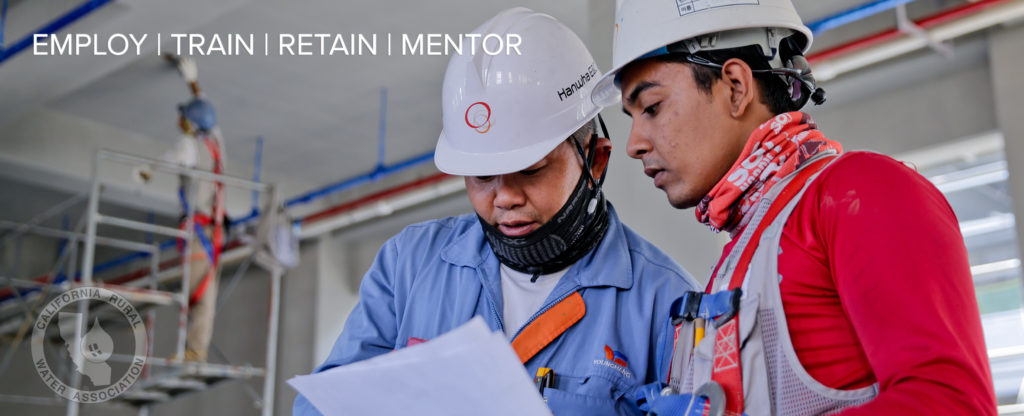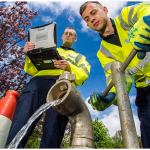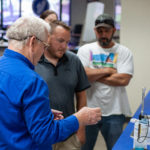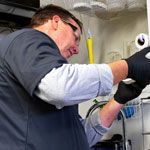

Definition of Workforce Development
Workforce development is considered an interconnected set of solutions to meet employment needs. Workforce development can include changes to culture, changes to attitudes, and changes to people’s potential that help to positively influence a business’ future success. Workforce development is also sometimes referred to as employee development and is considered an important aspect of business success.
How Workforce Development Works
Workforce development works by preparing workers with the skills necessary for a specific type of job. It prioritizes the value of ongoing workplace education and skills development, as well as addresses the hiring demands of employers. Because the goal of workplace development is to place workers in jobs where there are career development opportunities — and to nurture that development — a company can ensure they have an adequate supply of qualified individuals for their needs.
It used to be thought of that by training an employee with better skills, they would be more likely to leave and take that investment with them, but this isn’t necessarily the case. Research shows that skills development and opportunity for professional and personal growth are important aspects of employee retention, especially among millennial workers. When an employee feels like their leadership skills are being valued and nurtured, they are less likely to leave a company.
Programs & Resources
Latest News & Trends
EPA Announces Water Workforce Initiative to Help Recruit & Prepare the Next Generation
Post Date: 11/21/2019
Interview with Apprentice Dayton Busch
Post Date: October 17, 2018
Originally published in the California Water Journal (Winter, 2019)
What’s your background? After being discharged from the military, I enrolled at DeVry University and earned my Associates degree in Electronics. I went to work for an oil company and focused on instrumentation……Read More »
Post Date: October 17, 2018
California has one of the most complex water system laws in the nation along with some of the strictest water consumption and compliance standards. The State is also made up of thousands of small water utilities that provide more than 75%…..Read More »




